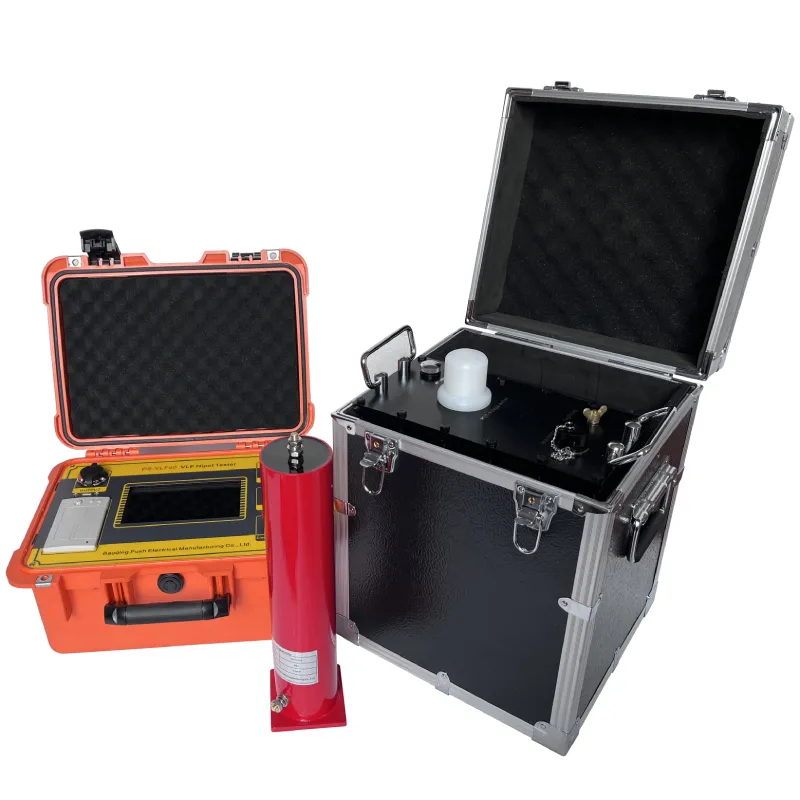TEL:
+86-0312-3189593
 English
English

Telephone:0312-3189593

Email:sales@oil-tester.com

-
 Afrikaans
Afrikaans -
 Albanian
Albanian -
 Amharic
Amharic -
 Arabic
Arabic -
 Armenian
Armenian -
 Azerbaijani
Azerbaijani -
 Basque
Basque -
 Belarusian
Belarusian -
 Bengali
Bengali -
 Bosnian
Bosnian -
 Bulgarian
Bulgarian -
 Catalan
Catalan -
 Cebuano
Cebuano -
 China
China -
 China (Taiwan)
China (Taiwan) -
 Corsican
Corsican -
 Croatian
Croatian -
 Czech
Czech -
 Danish
Danish -
 Dutch
Dutch -
 English
English -
 Esperanto
Esperanto -
 Estonian
Estonian -
 Finnish
Finnish -
 French
French -
 Frisian
Frisian -
 Galician
Galician -
 Georgian
Georgian -
 German
German -
 Greek
Greek -
 Gujarati
Gujarati -
 Haitian Creole
Haitian Creole -
 hausa
hausa -
 hawaiian
hawaiian -
 Hebrew
Hebrew -
 Hindi
Hindi -
 Miao
Miao -
 Hungarian
Hungarian -
 Icelandic
Icelandic -
 igbo
igbo -
 Indonesian
Indonesian -
 irish
irish -
 Italian
Italian -
 Japanese
Japanese -
 Javanese
Javanese -
 Kannada
Kannada -
 kazakh
kazakh -
 Khmer
Khmer -
 Rwandese
Rwandese -
 Korean
Korean -
 Kurdish
Kurdish -
 Kyrgyz
Kyrgyz -
 Lao
Lao -
 Latin
Latin -
 Latvian
Latvian -
 Lithuanian
Lithuanian -
 Luxembourgish
Luxembourgish -
 Macedonian
Macedonian -
 Malgashi
Malgashi -
 Malay
Malay -
 Malayalam
Malayalam -
 Maltese
Maltese -
 Maori
Maori -
 Marathi
Marathi -
 Mongolian
Mongolian -
 Myanmar
Myanmar -
 Nepali
Nepali -
 Norwegian
Norwegian -
 Norwegian
Norwegian -
 Occitan
Occitan -
 Pashto
Pashto -
 Persian
Persian -
 Polish
Polish -
 Portuguese
Portuguese -
 Punjabi
Punjabi -
 Romanian
Romanian -
 Russian
Russian -
 Samoan
Samoan -
 Scottish Gaelic
Scottish Gaelic -
 Serbian
Serbian -
 Sesotho
Sesotho -
 Shona
Shona -
 Sindhi
Sindhi -
 Sinhala
Sinhala -
 Slovak
Slovak -
 Slovenian
Slovenian -
 Somali
Somali -
 Spanish
Spanish -
 Sundanese
Sundanese -
 Swahili
Swahili -
 Swedish
Swedish -
 Tagalog
Tagalog -
 Tajik
Tajik -
 Tamil
Tamil -
 Tatar
Tatar -
 Telugu
Telugu -
 Thai
Thai -
 Turkish
Turkish -
 Turkmen
Turkmen -
 Ukrainian
Ukrainian -
 Urdu
Urdu -
 Uighur
Uighur -
 Uzbek
Uzbek -
 Vietnamese
Vietnamese -
 Welsh
Welsh -
 Bantu
Bantu -
 Yiddish
Yiddish -
 Yoruba
Yoruba -
 Zulu
Zulu
Фев . 11, 2025 08:18
Back to list
power transformer testing and commissioning pdf
Power transformers stand as the backbone of electrical networks, ensuring efficient power distribution across varied sectors. Their importance necessitates rigorous testing and commissioning to guarantee optimal performance and safety. This comprehensive guide explores the intricacies of power transformer testing and commissioning, providing insights based on extensive industry experience and technical expertise.
A critical element in this process is ensuring compliance with relevant IEEE and IEC standards, which define the best practices for installation, testing, and commissioning. Adherence to these standards guarantees that the transformer achieves its intended lifespan while maintaining efficiency and safety within the energy grid. Our extensive experience in transformer commissioning reveals the significance of a holistic approach to troubleshooting during the testing phase. Unsuspected faults, such as loose connections or improper grounding, often arise during initial operations. Implementing predictive maintenance protocols, including thermal imaging and partial discharge analysis, has proven pivotal in preempting issues that might not be evident during initial testing procedures but could lead to operational inefficiencies or failures. Trust formed through transparent and professional workflows ensures stakeholders gain confidence in the transformer's performance capabilities. Providing detailed reports post-commissioning, which document the testing procedures, results, and any corrective actions taken, strengthens trustworthiness and authority in the service provided. Additionally, leveraging cutting-edge digital solutions for data monitoring during commissioning enhances both efficiency and accuracy. Tools that allow for real-time data analysis enable engineers to make immediate adjustments, facilitate remote monitoring, and provide valuable insights for future maintenance. In conclusion, the successful testing and commissioning of power transformers hinge upon a delicate balance of experience, technical proficiency, and adherence to established standards. By implementing rigorous testing protocols and embracing innovative technologies, organizations can ensure that their power transformers perform seamlessly within their energy infrastructures, thereby fortifying the resilience and reliability of the electrical grid. This strategic approach not only maximizes operational efficiency but also consolidates trust and authority in power distribution networks.


A critical element in this process is ensuring compliance with relevant IEEE and IEC standards, which define the best practices for installation, testing, and commissioning. Adherence to these standards guarantees that the transformer achieves its intended lifespan while maintaining efficiency and safety within the energy grid. Our extensive experience in transformer commissioning reveals the significance of a holistic approach to troubleshooting during the testing phase. Unsuspected faults, such as loose connections or improper grounding, often arise during initial operations. Implementing predictive maintenance protocols, including thermal imaging and partial discharge analysis, has proven pivotal in preempting issues that might not be evident during initial testing procedures but could lead to operational inefficiencies or failures. Trust formed through transparent and professional workflows ensures stakeholders gain confidence in the transformer's performance capabilities. Providing detailed reports post-commissioning, which document the testing procedures, results, and any corrective actions taken, strengthens trustworthiness and authority in the service provided. Additionally, leveraging cutting-edge digital solutions for data monitoring during commissioning enhances both efficiency and accuracy. Tools that allow for real-time data analysis enable engineers to make immediate adjustments, facilitate remote monitoring, and provide valuable insights for future maintenance. In conclusion, the successful testing and commissioning of power transformers hinge upon a delicate balance of experience, technical proficiency, and adherence to established standards. By implementing rigorous testing protocols and embracing innovative technologies, organizations can ensure that their power transformers perform seamlessly within their energy infrastructures, thereby fortifying the resilience and reliability of the electrical grid. This strategic approach not only maximizes operational efficiency but also consolidates trust and authority in power distribution networks.
Previous:
Latest news
-
Testing Equipment Industry Sees Major Advancements in 2025: Smart & Precision Technologies Lead the WayNewsJun.06,2025
-
Applications of Direct Current Generators in Renewable Energy SystemsNewsJun.05,2025
-
Hipot Tester Calibration and Accuracy GuidelinesNewsJun.05,2025
-
Digital Circuit Breaker Analyzer Features and BenefitsNewsJun.05,2025
-
Benefits of Real-Time Power Quality Monitoring Devices for Industrial EfficiencyNewsJun.05,2025
-
Earth Fault Loop Testing in High-Rise Building Electrical SystemsNewsJun.05,2025



